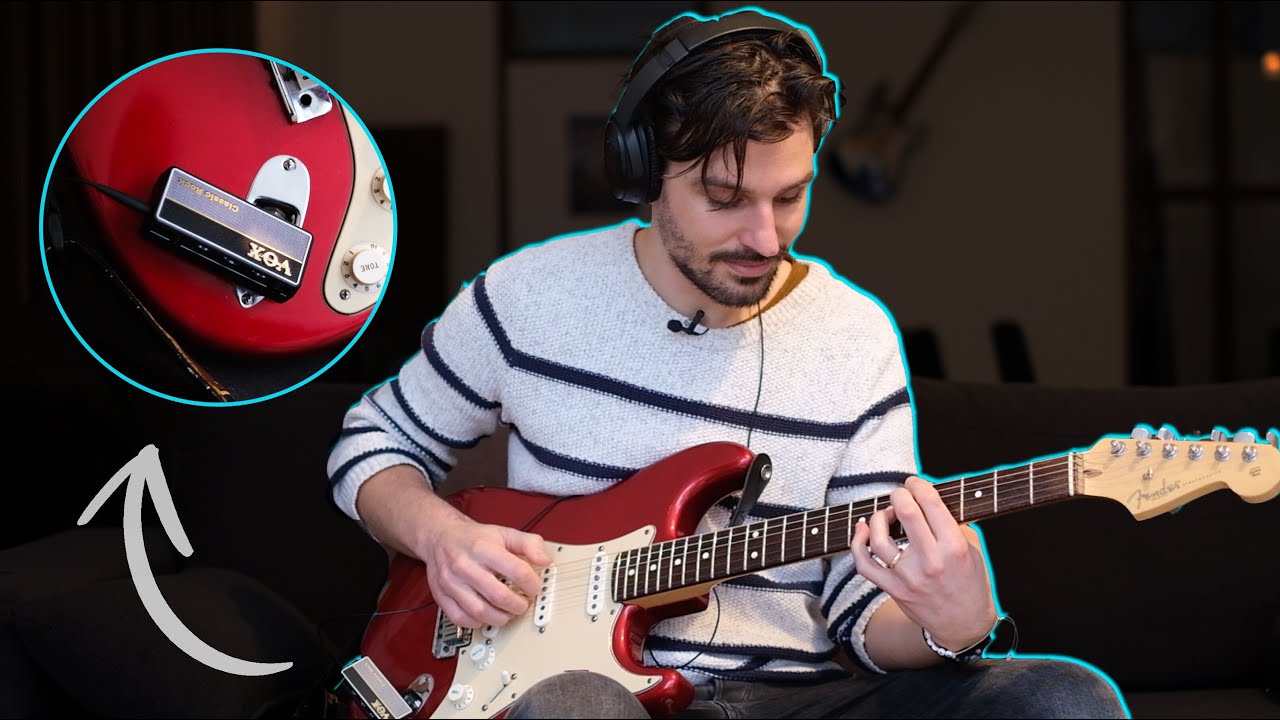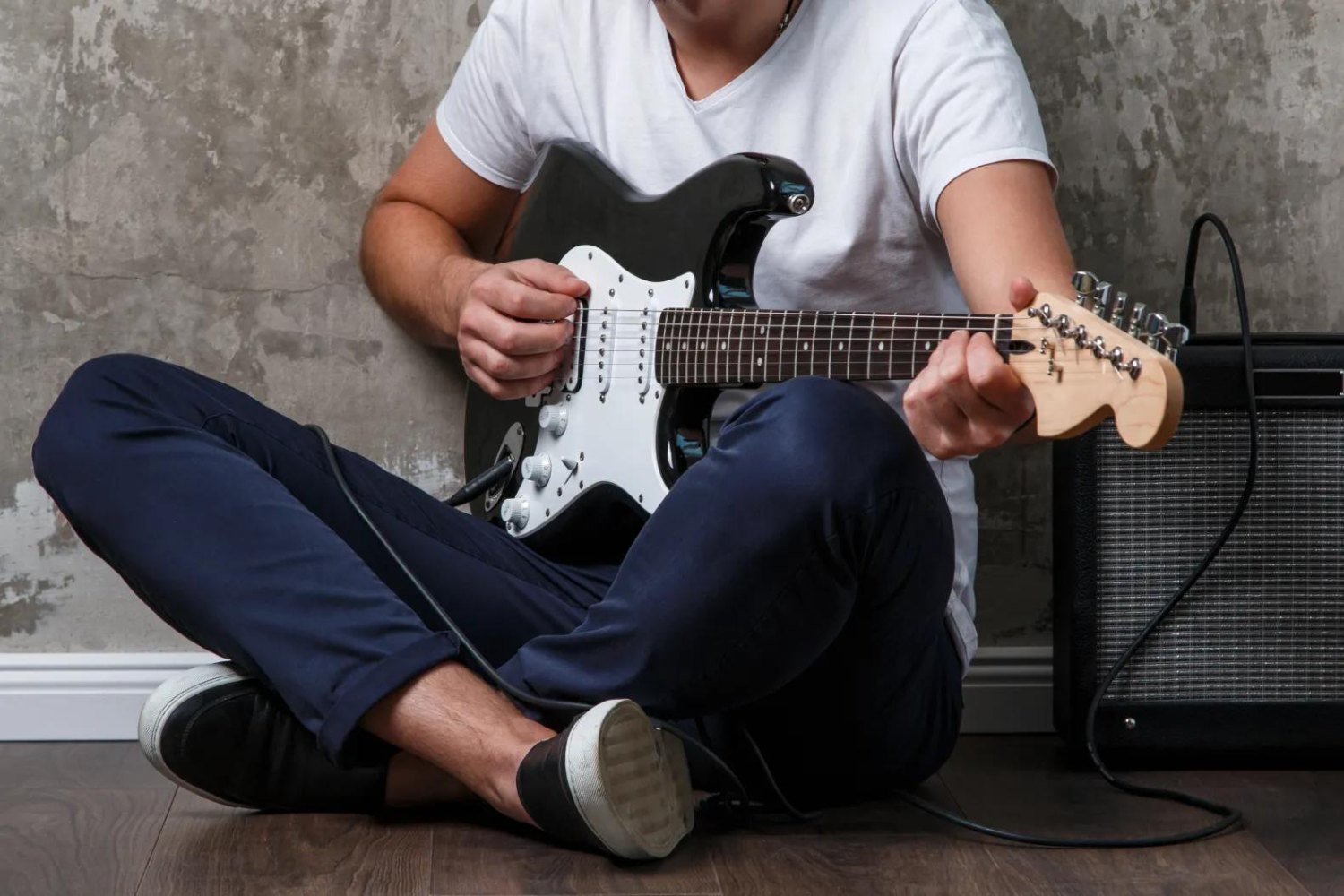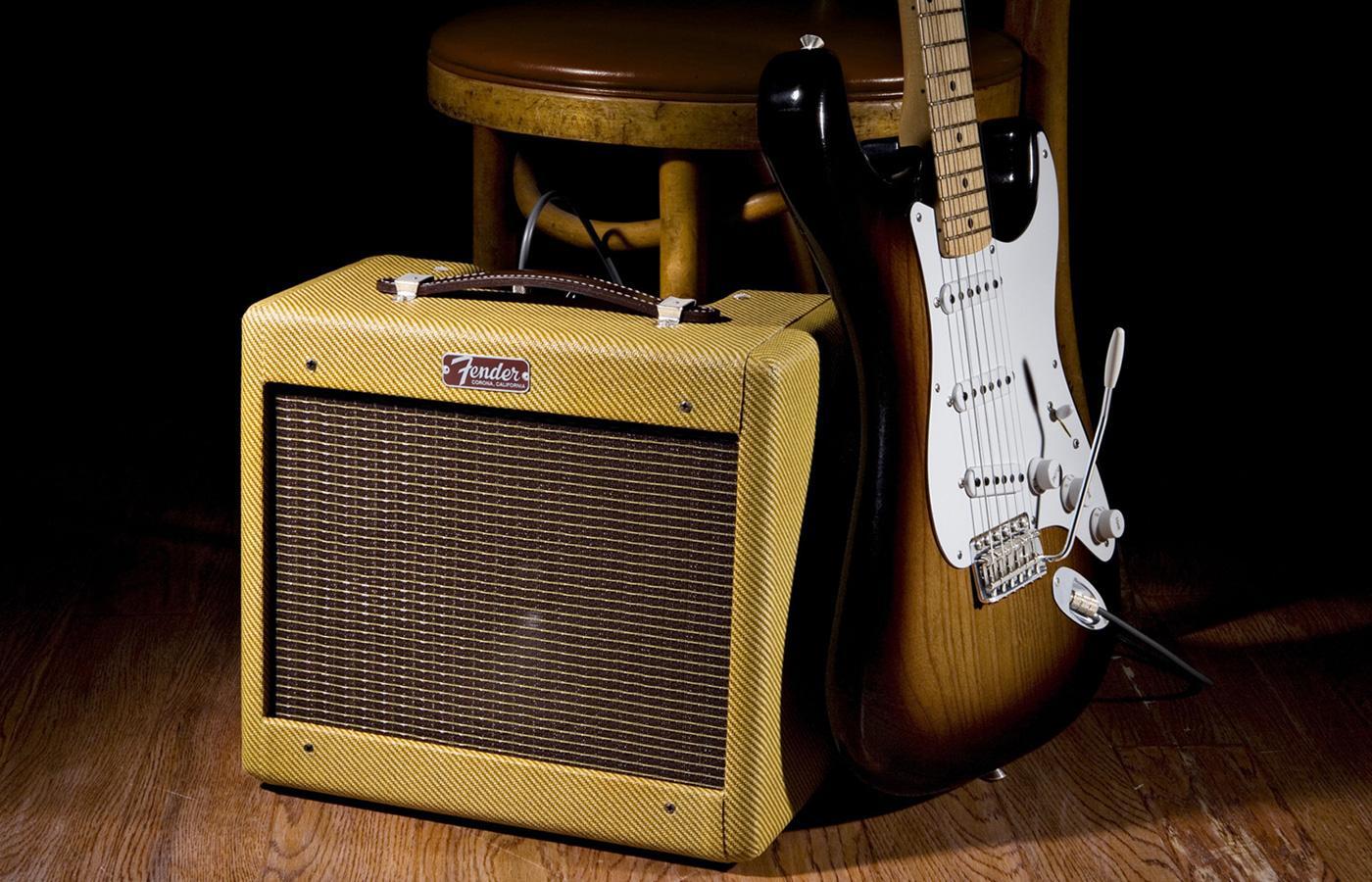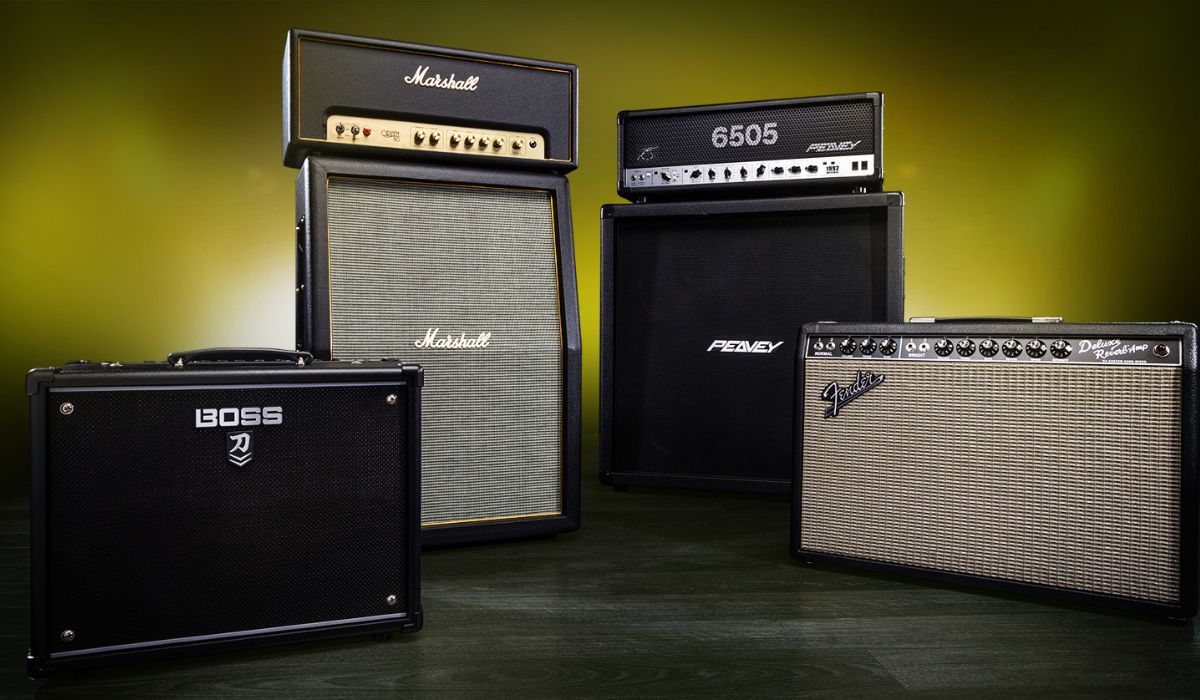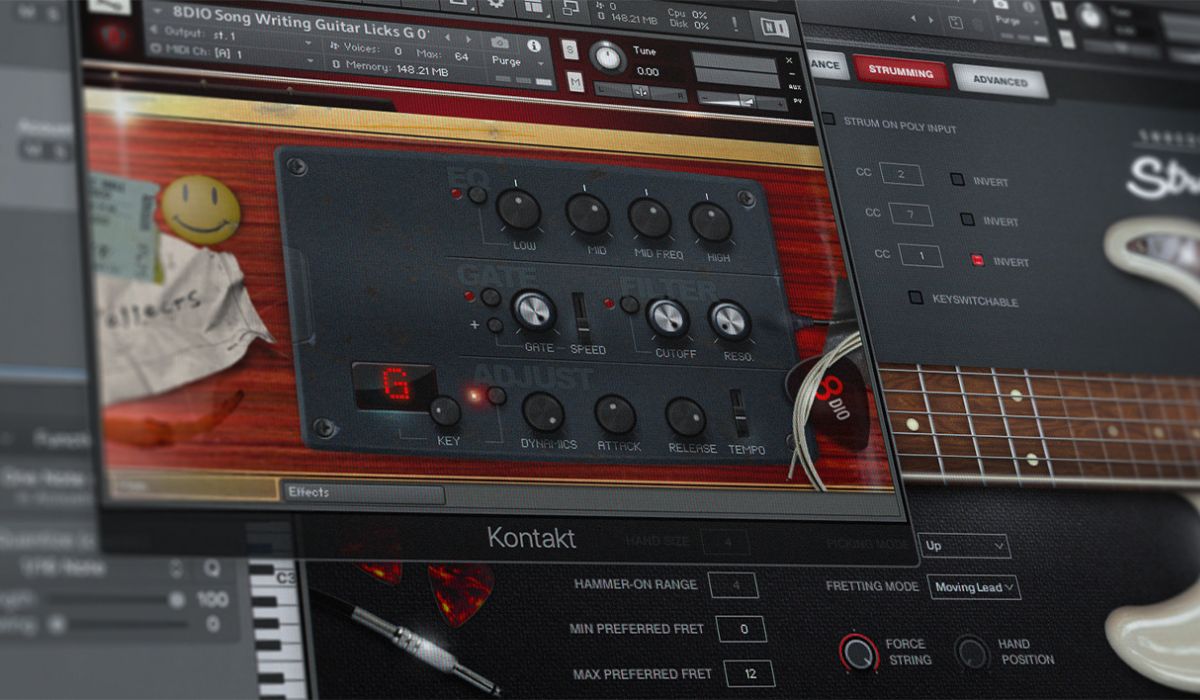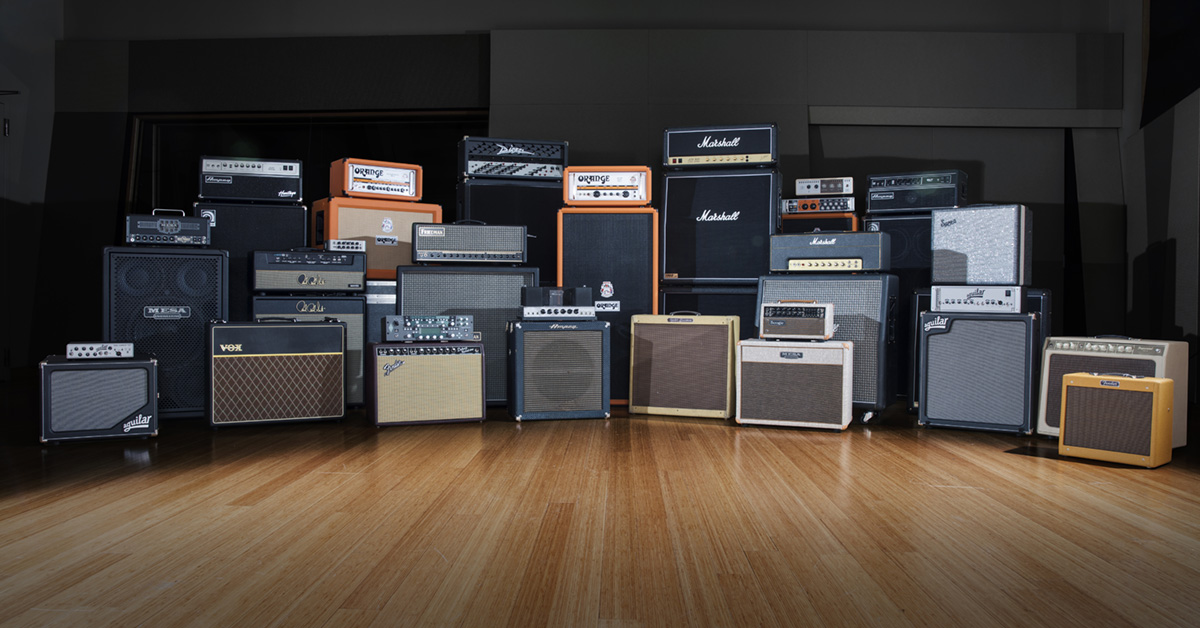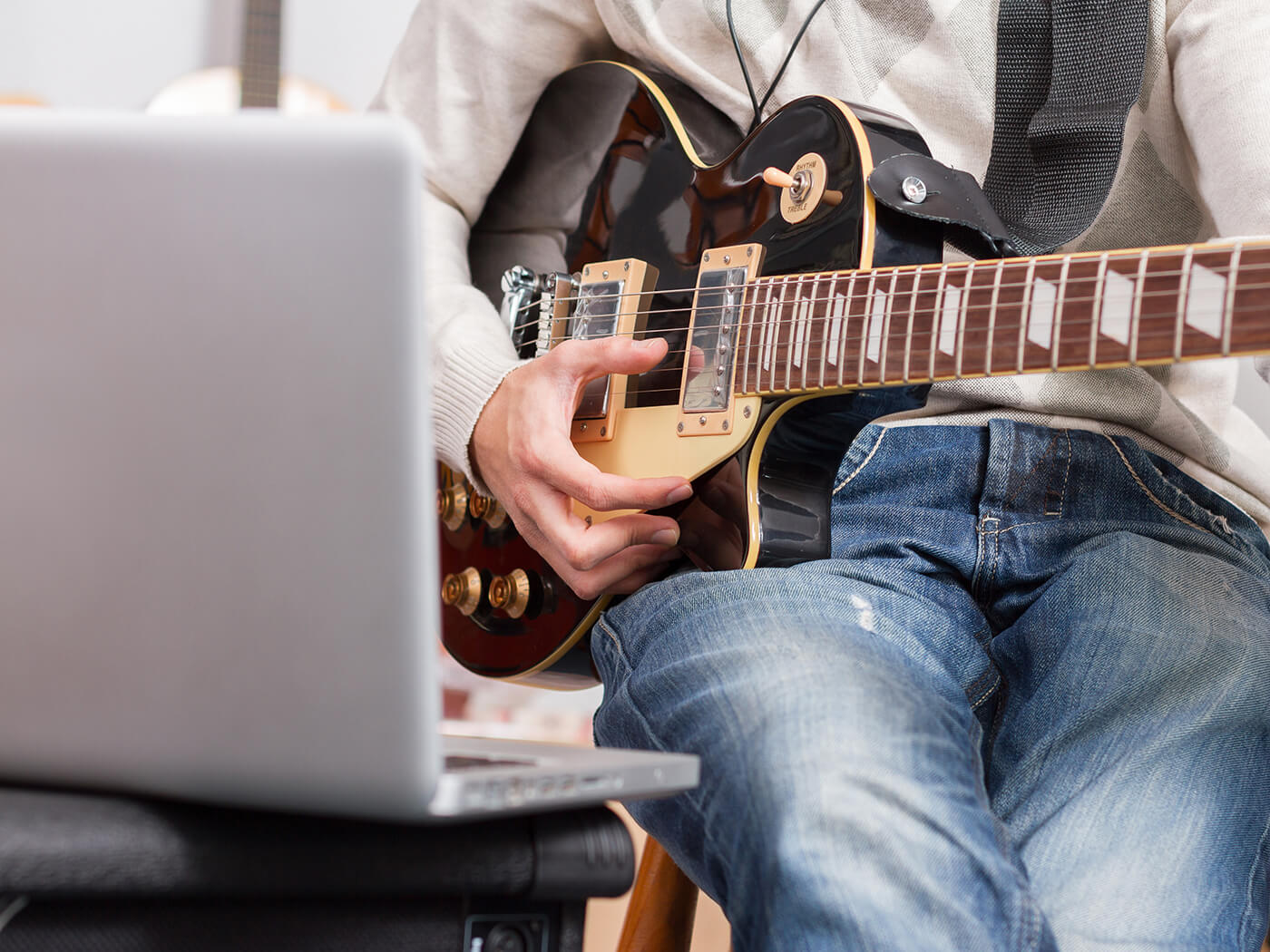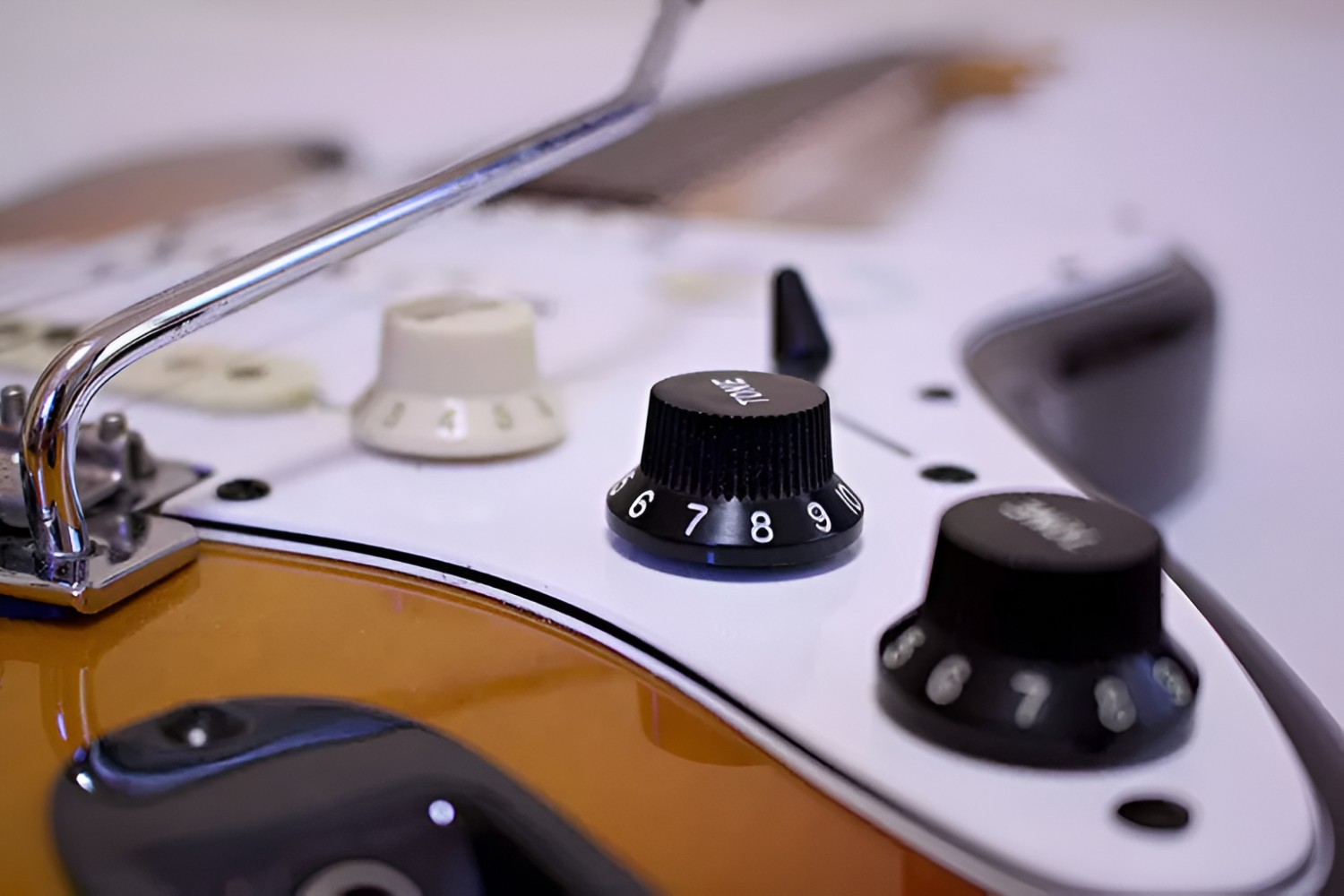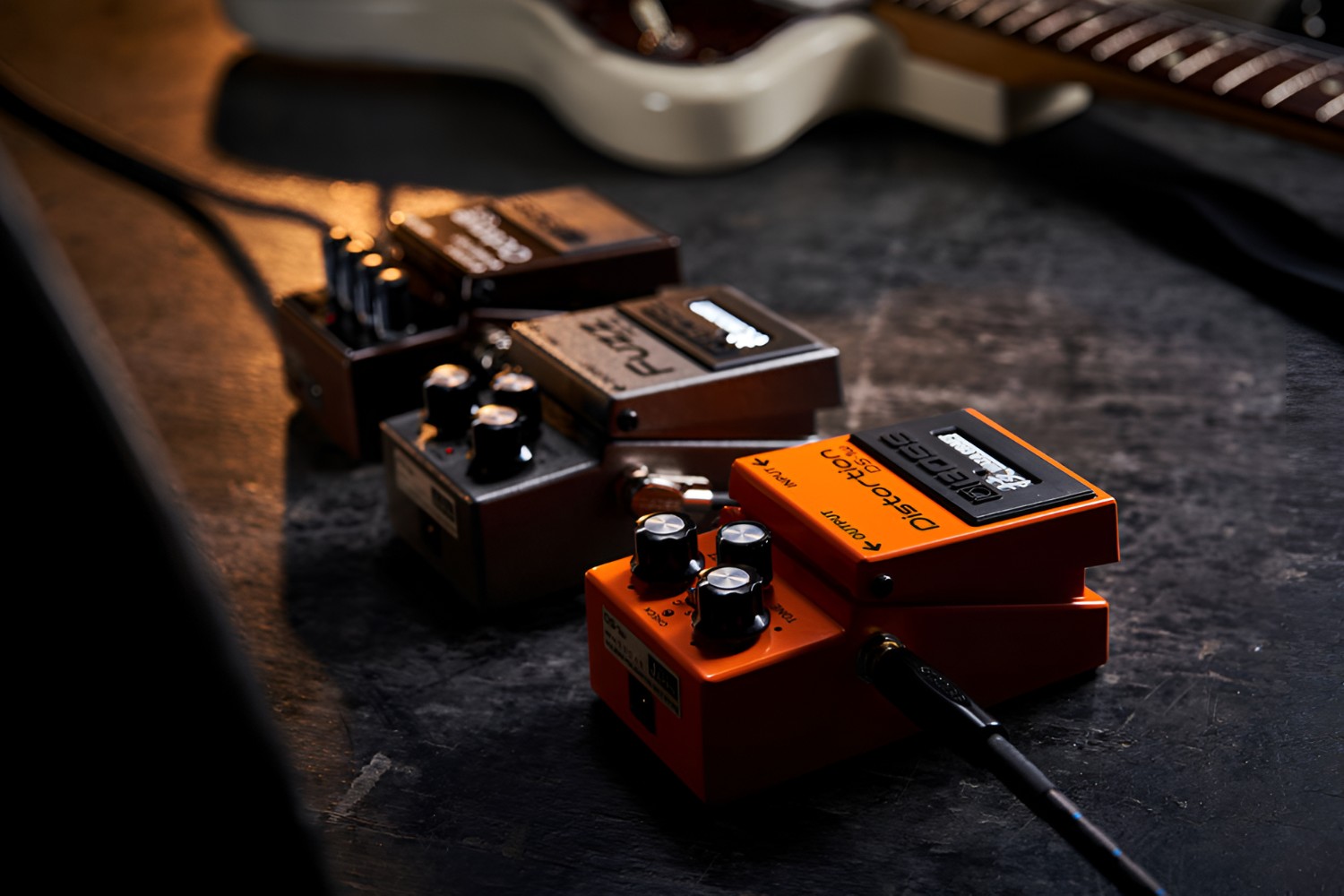Introduction
So, you've got an electric guitar and you're itching to start playing, but you don't have an amplifier. No worries! Playing an electric guitar without an amp is not only possible, but it can also be a convenient and versatile way to practice and perform. In this guide, we'll explore various methods for playing your electric guitar without an amp, whether you're at home, on the go, or simply prefer a quieter practice session.
While an amplifier is traditionally used to amplify the sound of an electric guitar, there are alternative methods that allow you to enjoy your instrument without the need for bulky equipment or disturbing your neighbors. Whether you're a beginner looking to practice quietly, a traveler seeking a portable solution, or simply aiming to explore new sonic possibilities, this guide will provide you with practical and creative ways to play your electric guitar without an amp.
By the end of this article, you'll have a range of techniques at your disposal, from using headphones and portable amp simulators to playing your electric guitar unplugged. So, grab your electric guitar, and let's dive into the exciting world of playing without an amp!
Choosing the Right Electric Guitar
When it comes to playing an electric guitar without an amp, selecting the right instrument is crucial. The type of electric guitar you choose can significantly impact your playing experience, especially when you won’t be relying on amplification to shape your sound. Here are some key considerations to keep in mind when choosing an electric guitar for playing without an amp:
- Acoustic-electric guitars: If you anticipate playing unplugged frequently, consider an acoustic-electric guitar. These instruments feature built-in pickups that allow you to amplify the sound when needed, while still providing a resonant acoustic tone when played without an amp.
- Semi-hollow or hollow-body guitars: These guitars are known for their rich, resonant sound and can produce ample volume when played unplugged. Their hollow or semi-hollow construction can create a more pronounced acoustic-like tone, making them well-suited for playing without amplification.
- Single-coil vs. humbucker pickups: The type of pickups on an electric guitar can influence its unplugged sound. Single-coil pickups tend to produce a brighter and twangier tone, while humbuckers offer a warmer and thicker sound. Consider which tonal characteristics align with your playing preferences when choosing a guitar for unplugged use.
- Comfort and playability: Since you won’t have the aid of amplification to enhance your sound, it’s essential to prioritize the comfort and playability of the guitar. Ensure that the instrument feels comfortable to play and allows for easy fretting and strumming, as these factors will be more pronounced when playing unplugged.
Ultimately, the right electric guitar for playing without an amp is one that resonates with your playing style, provides a pleasing unplugged tone, and offers the comfort and playability you need for extended practice sessions. Whether you opt for an acoustic-electric, semi-hollow, or solid-body guitar, choosing an instrument that inspires you to play and sounds great even without amplification will set the stage for an enjoyable playing experience.
Using Headphones with Your Electric Guitar
When you want to practice your electric guitar without disturbing others or simply enjoy a more immersive playing experience, using headphones can be a game-changer. By connecting your electric guitar to a headphone amp or an audio interface with a headphone output, you can enjoy the full-bodied sound of your instrument without the need for a traditional amplifier. Here’s how to make the most of using headphones with your electric guitar:
- Choose a headphone amp or audio interface: To connect your electric guitar to headphones, you’ll need a headphone amp or an audio interface with a headphone output. These devices allow you to plug in your guitar and listen through headphones, providing a private and high-quality listening experience.
- Explore built-in effects: Some headphone amps and audio interfaces come with built-in effects, such as reverb, delay, and modulation. Experimenting with these effects can add depth and character to your sound, allowing you to craft a personalized tone directly through your headphones.
- Practice silently: Using headphones with your electric guitar enables you to practice silently, making it an ideal solution for late-night or apartment playing. You can hone your skills and explore different playing techniques without worrying about disturbing others, making it a considerate option for shared living spaces.
- Experience portability: Whether you’re traveling or simply prefer a compact setup, using headphones with your electric guitar offers unparalleled portability. With the right headphone amp or audio interface, you can enjoy your instrument’s full sound anywhere, making it a versatile option for on-the-go musicians.
By utilizing headphones with your electric guitar, you can delve into your playing with enhanced privacy, convenience, and portability. This method not only allows for quiet practice sessions but also opens up a world of sonic possibilities through built-in effects and personalized tone shaping, all delivered directly to your ears.
Using a Portable Amp Simulator
When you crave the versatility and sonic flexibility of an amplifier without the bulk and volume, a portable amp simulator becomes an invaluable tool for electric guitarists. These compact devices are designed to emulate the sound and response of traditional amplifiers, allowing you to enjoy a wide range of tones and effects directly through headphones or speakers. Here’s how you can harness the power of a portable amp simulator to elevate your playing experience:
- Access a myriad of amp models and effects: Portable amp simulators offer a diverse selection of amp models, ranging from classic vintage tones to modern high-gain sounds. Additionally, they often include built-in effects such as reverb, delay, and modulation, providing you with a comprehensive palette of tonal options to explore.
- Enjoy silent practice and recording: By using a portable amp simulator, you can practice and record your electric guitar silently, making it an ideal solution for home studios and late-night sessions. The ability to craft your desired tone and play through headphones or speakers without disturbing others is a major advantage of these compact devices.
- Embrace portability and convenience: Whether you’re on the move, jamming with friends, or simply prefer a streamlined setup, a portable amp simulator offers unparalleled portability and convenience. Its compact size and versatile functionality make it a go-to solution for musicians seeking a portable and efficient way to access a wide range of amp tones and effects.
- Experiment with tone sculpting: Portable amp simulators provide intuitive controls for adjusting amp settings, effects parameters, and tone shaping options. This hands-on approach allows you to experiment with different sounds, customize your tone, and develop a deeper understanding of signal processing and sound manipulation.
By incorporating a portable amp simulator into your electric guitar setup, you can unleash a world of sonic possibilities, from vintage amp emulations to modern effects, all within a compact and portable package. Whether you’re practicing, recording, or performing, the convenience and versatility of a portable amp simulator make it a valuable asset for any electric guitarist.
Playing Unplugged with an Electric Guitar
Playing an electric guitar unplugged offers a unique and intimate playing experience, allowing you to focus on the natural resonance and tactile response of the instrument. Whether you’re seeking a quieter practice option, exploring acoustic-like tones, or simply embracing a raw and unadorned sound, playing unplugged can unveil a new dimension of your electric guitar’s capabilities. Here’s how you can make the most of playing unplugged with your electric guitar:
- Embrace the acoustic-like qualities: When played unplugged, an electric guitar can exhibit acoustic-like characteristics, showcasing the natural resonance and tonal nuances of the instrument. This presents an opportunity to explore a different sonic realm and appreciate the unplugged sound of your electric guitar.
- Focus on dynamics and touch: Playing unplugged encourages a heightened focus on dynamics and touch, as the nuances of your playing directly impact the instrument’s sound. This tactile responsiveness can enhance your playing technique and allow for expressive performances, fostering a deeper connection between player and instrument.
- Experiment with fingerstyle and percussive techniques: Unplugged playing lends itself to exploring fingerstyle and percussive techniques, as the acoustic-like qualities of the electric guitar can accentuate these expressive approaches. Whether you’re fingerpicking intricate melodies or incorporating percussive elements, playing unplugged opens up creative avenues for sonic exploration.
- Enjoy quiet and portable practice: Playing unplugged provides a quiet and portable practice option, making it ideal for late-night sessions, travel, or situations where amplification is not feasible. This versatility allows you to hone your skills and enjoy your instrument’s unplugged sound in various settings.
By engaging in unplugged playing with your electric guitar, you can uncover a rich sonic palette and explore the instrument’s acoustic-like qualities, all while honing your playing technique and enjoying a quiet and portable practice option. Whether you’re drawn to the raw and unadorned sound of the electric guitar or seeking a more intimate playing experience, playing unplugged offers a compelling avenue for sonic exploration and musical expression.
Conclusion
Exploring the world of playing electric guitar without an amp unveils a myriad of creative possibilities and practical solutions for musicians of all levels. Whether you opt for using headphones, a portable amp simulator, or playing unplugged, each method offers a distinct approach to enjoying your electric guitar without traditional amplification. By considering the unique characteristics and benefits of each method, you can tailor your playing experience to suit your preferences and circumstances.
Choosing the right electric guitar lays the foundation for a satisfying unplugged playing experience, whether you prefer the acoustic-electric resonance, the rich tones of semi-hollow guitars, or the versatility of solid-body instruments. By selecting an instrument that resonates with your playing style and provides a pleasing unplugged tone, you can embark on your unplugged journey with confidence and inspiration.
Utilizing headphones with your electric guitar offers a private and immersive practice experience, allowing you to delve into your playing without disturbing others. The convenience and portability of headphone setups make them an ideal choice for quiet practice sessions and on-the-go musicians, while also providing access to built-in effects for personalized tone shaping.
Portable amp simulators offer a compact yet powerful solution for accessing a diverse range of amp models and effects, delivering versatility and sonic flexibility without the need for traditional amplification. Their portability, silent practice capabilities, and tone sculpting options make them a valuable asset for musicians seeking a convenient and efficient way to explore different tones and effects.
Playing unplugged with an electric guitar opens up a world of acoustic-like qualities, tactile responsiveness, and quiet, portable practice options. This approach allows for a deeper exploration of the instrument’s natural resonance and encourages expressive playing techniques, providing a unique and intimate playing experience.
By incorporating these methods into your electric guitar playing, you can enjoy a versatile and fulfilling musical journey, whether you’re practicing, recording, or simply seeking a quieter and more intimate playing experience. Embracing the diverse methods of playing electric guitar without an amp empowers you to tailor your playing experience to your preferences and surroundings, ultimately enhancing your musical creativity and enjoyment.







